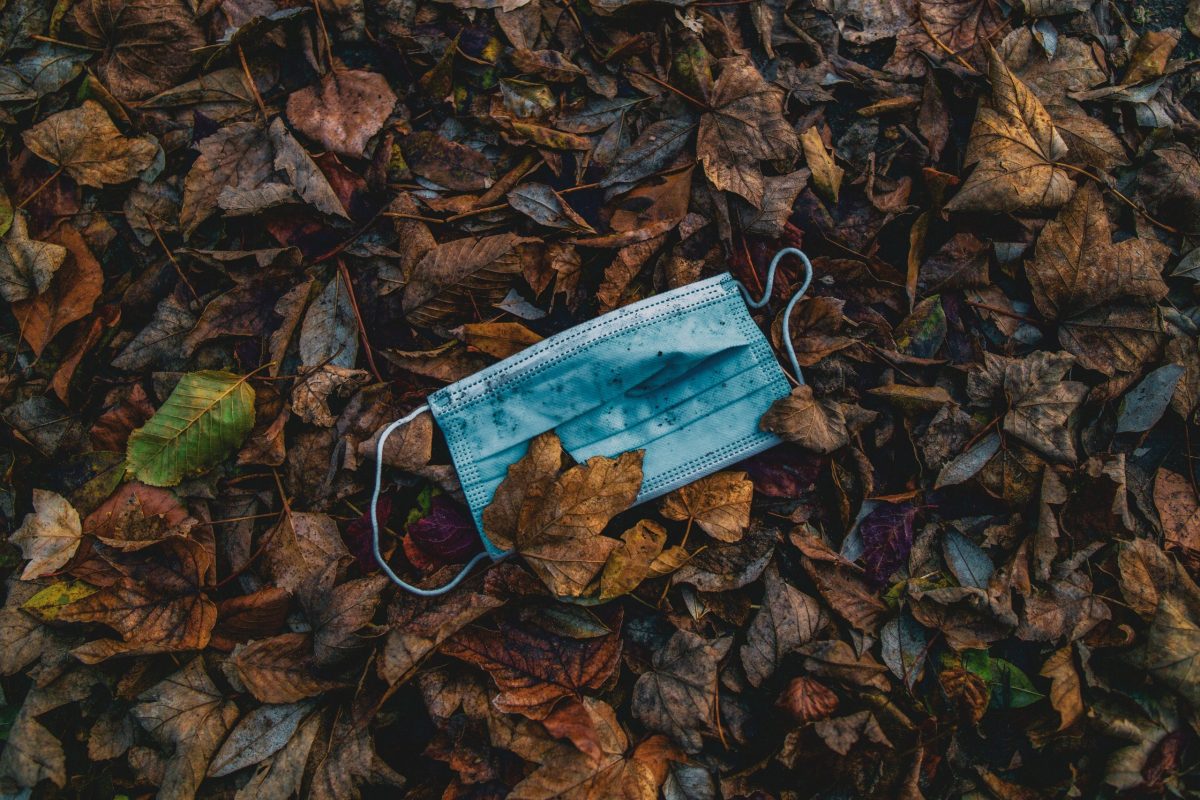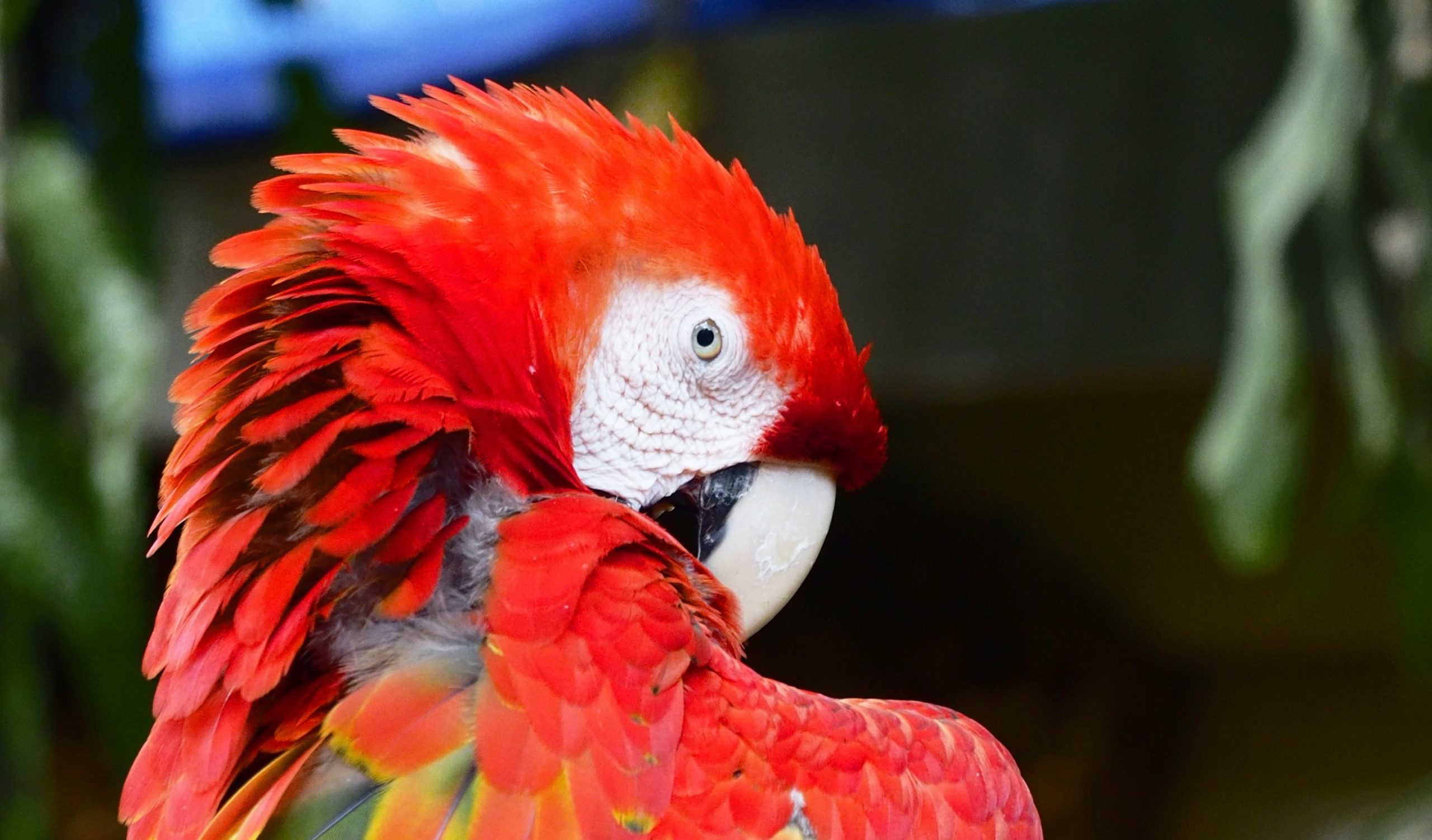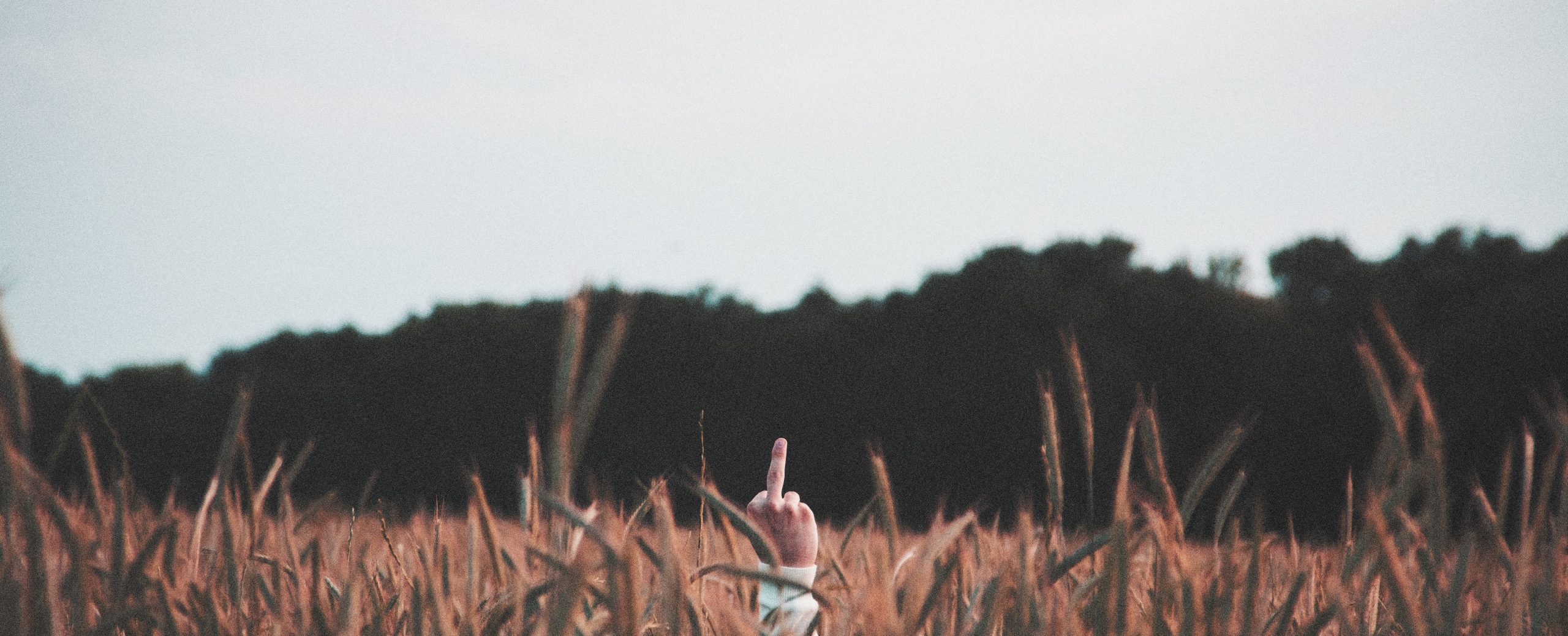Reading Lists
7 Novels Set During the COVID-19 Pandemic
Stories about people navigating life under lockdown and reaching their breaking points

These days, the early days of COVID-19 lockdowns in 2020 feel like a distant memory. Zoom fatigue, baking banana bread, toilet paper hoarding, learning absurd new TikTok dances: it all blurs together. My roommate kept a consistent journal throughout those days, cataloging our moments of wiping down groceries, marathoning old movies, and checking the COVID-19 news tab over and over again. We called it her ‘primary source journal,’ joking that when historians of the future went to write about the pandemic, it would be diaries like hers that would provide valuable insight into how we spent our days. We felt like we were living through history, living through an event that we might spend the rest of our lives processing, an event worthy of the history books.
These days, as the pandemic morphs into something resembling normalcy, I wonder how novels should consider this very recent history. I’m not ready to read the great pandemic books, the ones that recount in minute details the tedium and fear I lived through. I’m not sure I could stomach the primary source account of what happened. This is why I turn to novels, to fiction: to tell me about what happened, but differently. But what can the best pandemic fiction do? How can novels consider the historical present of COVID-19 alongside its persistence in our lives?
These books take the COVID-19 pandemic as their setting, and sometimes as their muse. They don’t try to recount anything new about the perils of isolation or hilarity of outdoor picnics in January or the terror of loved ones entering the hospital. They follow workers—booksellers, doctors, professors, writers—as they navigate the new forms of their days. These novels refuse to recount lockdown on its own, instead thinking about what we learn about people and their breaking points, what the pandemic made possible for people like us, and, of course, what it took away.
The Sentence by Louise Erdrich
The Sentence follows a haunting: one woman, Tookie, who works at an indie bookstore in Minneapolis is haunted by the ghost of the store’s most annoying customer, Flora. But this haunting quickly becomes one of many—the novel begins on All Soul’s Day (November 1) in 2019, and ends on All Soul’s Day in 2020, covering one year of isolation, turmoil, and challenge. The book follows the COVID-19 pandemic as it slowly, then quickly, emerges, including ways the bookstore must try to survive, but it also follows the murder of George Floyd and subsequent protests. Tookie, herself formerly incarcerated, explores the link between being sentenced and reading a sentence, reflecting on the ways books can liberate us—and the ways they can’t.
Companion Piece by Ali Smith
My personal favorite pandemic novel was written by Ali Smith, a writer best known for her Seasonal Quartet novels, which transcribe current events into novel form with a short turnaround. It’s not surprising that Smith returns after the Quartet with a novel that likewise takes the contemporary moment as its setting. Companion Piece centers on one woman, Sandy, who navigates the world of post-Brexit Britain during the height of the U.K.’s COVID-19 lockdowns. Reconnected with a classmate, reckoning with a father in the hospital, Sandy learns to let people into her life while also isolating. Along with her COVID-19 storyline, we get lyrical flashbacks to a woman during the Plague, as Smith considers what might connect two women, centuries apart, living through an era of disease, unrest, and its social consequences.
Joan is Okay by Weike Wang
Weike Wang’s novel follows Joan, an ICU doctor in New York City during the height of the COVID-19 pandemic and the subsequent anti-Asian sentiment. Joan’s perspective as a Chinese American woman navigating the front lines of the pandemic and the fault lines of family conflict is prescient and sharp. The most unforgettable aspect of the novel isn’t the tension of the pandemic, though: it’s Joan’s own voice that sticks with you. She’s warm and funny, but clear-eyed and brilliant—a thoughtful voice I wish I knew in real life.
Delphi by Claire Pollard
This novel hits close to home for me: part dark academia, part literary fiction, all pandemic angst. Pollard’s Delphi follows a classics professor in London as the COVID-19 pandemic descends. Delphi’s unnamed narrator gets immersed in her research and its rabbit trails as the lockdown gets more and more severe. Her research on ancient prophesies morphs into an obsession with predicting the future, an obsession that distracts her from her marriage and motherhood. I love a novel by a poet, and Pollard’s poetic sensibility makes her take on COVID dark, lyrical, and prescient.
Violeta by Isabel Allende
In true Isabel Allende style, Violeta is a sweeping story that follows one woman, Violeta del Valle, from her birth in 1920 to her death in 2020—her life bookended by two pandemics, the Spanish Flu and COVID-19. Her letters form the whole of the novel, detailing a life that’s been subject to many regimes, many waves of feminism, many tragedies and joys. There’s a lot in between these two pandemics, but there’s also an eerie similarity that Violeta herself reflects on.
The Fell by Sarah Moss
This is about as dark a pandemic novel I can tolerate, since Moss handles the boredom, claustrophobia, and anxiety of lockdown with such realism. The Fell follows one woman, Kate, who leaves her house during a mandatory lockdown for a walk on the moors and falls, injured and unable to move, unable to contact her family or neighbors. The passive threats of boredom and anxiety morph into the active threats awaiting Kate on the moors, and the searing psychological drama left me unable to look away.
Emergency by Daisy Hildyard
Emergency has one of the most intriguing taglines for a book: a pastoral. And Hildyard does set out to reinvent the pastoral for the contemporary era, considering climate change and ecological disasters as the terrain of the present and future. It’s far from a sentimental take on the world—Emergency is set during COVID-19, which makes all the narrator’s considerations of shared crises even more weighty. In the narrator’s hands, the boundaries between things shift and dissolve, showing how truly interconnected everything is, including past and present, including every person.








